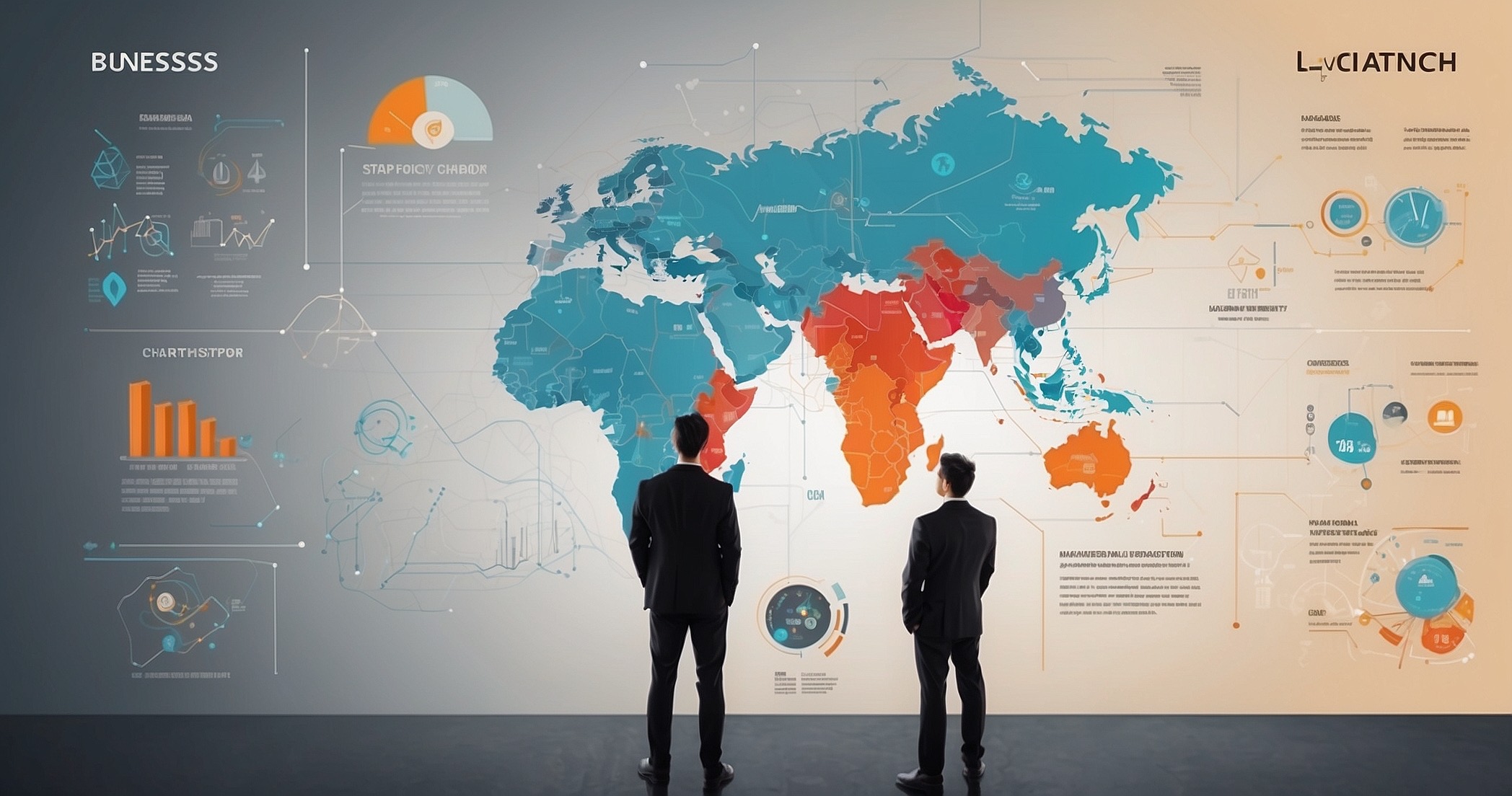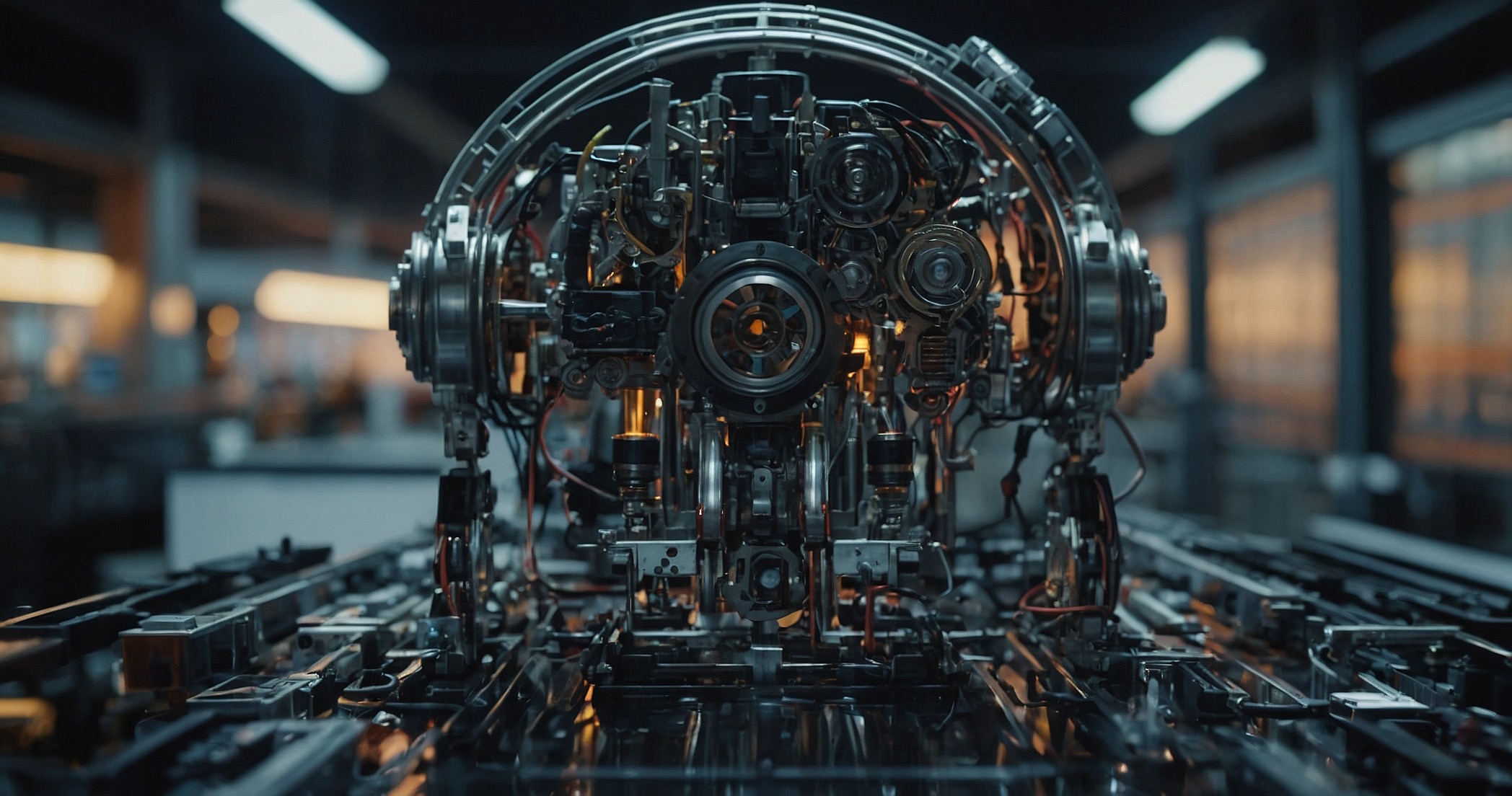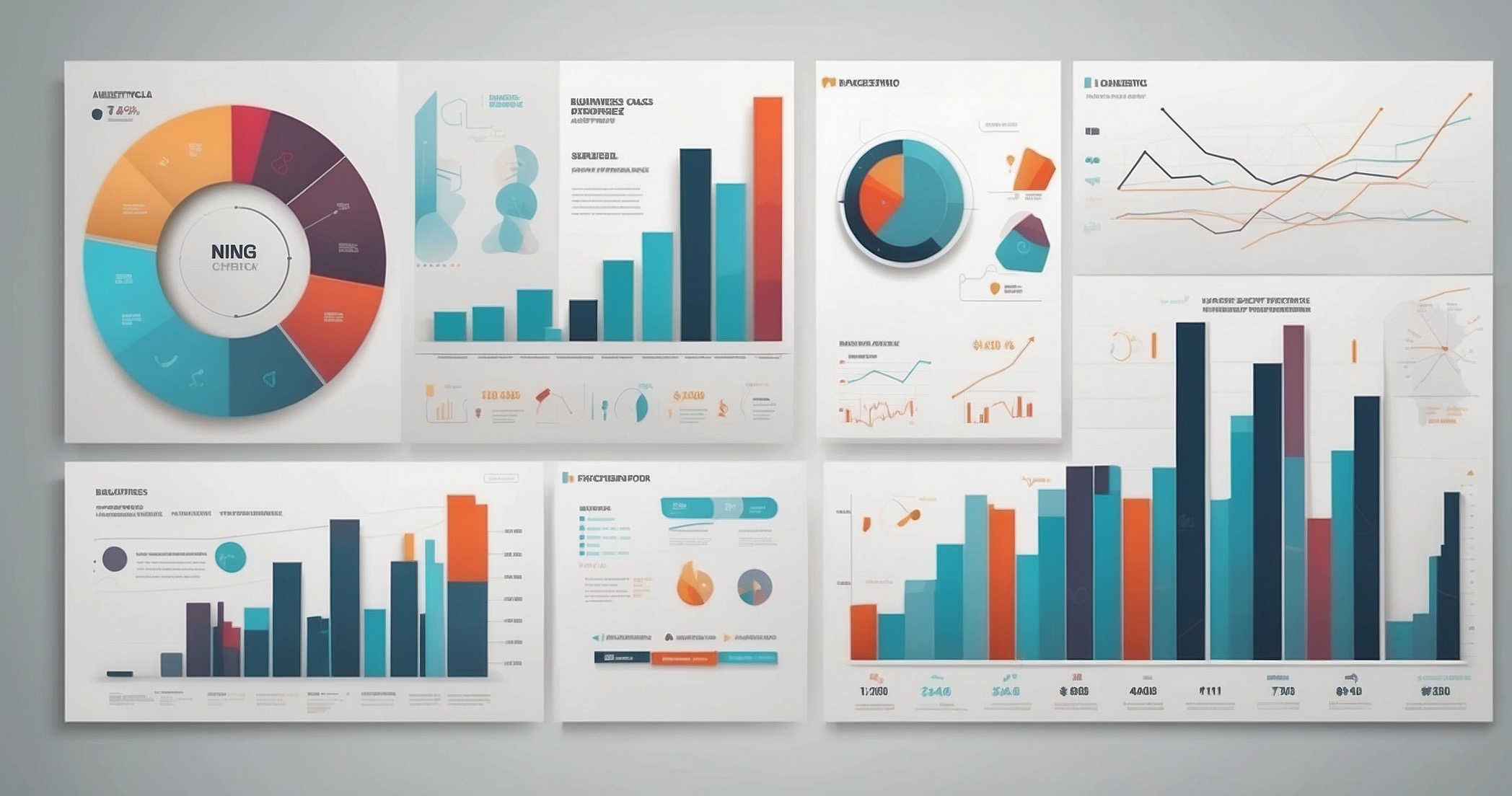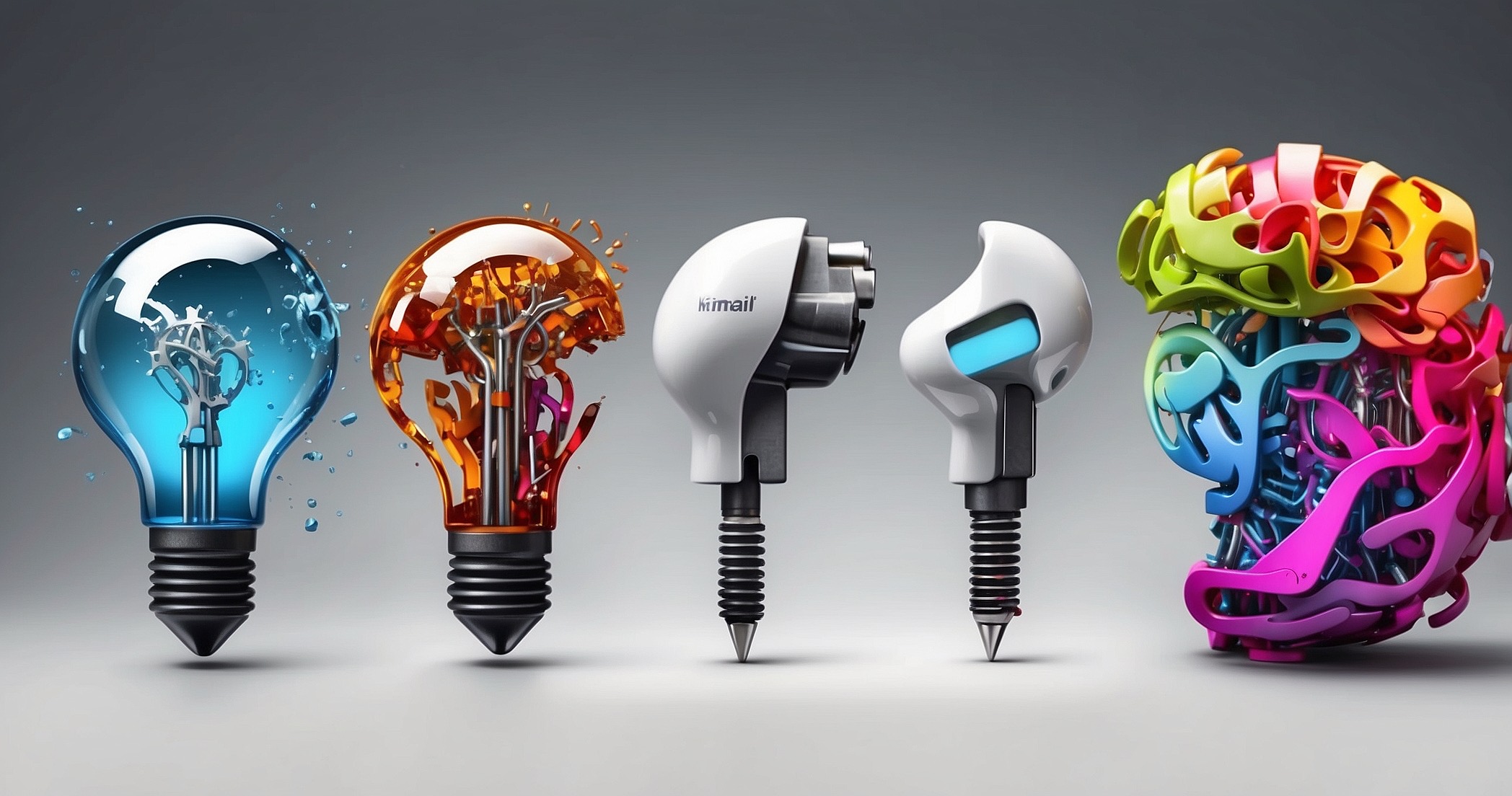When nine out of ten businesses are already using AI, the conversation isn’t about the future, it’s about right now.
Artificial intelligence has shifted from hype to habit, becoming an everyday driver of efficiency, creativity, and growth.
From drafting proposals to streamlining customer service, AI is powering workflows in ways that once felt impossible.
Generative AI, in particular, is the game-changer.
Unlike past tech shifts that simply sped up analysis or improved communication, this new wave creates. It drafts content, generates designs, writes code, and delivers insights in minutes.
And it’s not limited to tech giants, Australian SMBs, multinational corporations, and everything in between are already finding real-world value.
This blog explores why adoption has surged, the skills workplaces now need, the challenges worth addressing, and, most importantly, how businesses can put AI to work today.
What Makes Generative AI Different From Past Tech Shifts?
We’ve seen many technology waves, the personal computer, the internet, smartphones. Each brought efficiency and new ways of working.
But Generative AI marks a sharper break. It’s not just about analysing faster or communicating better, it’s about creating.
1. From Analysis to Creation, The Big Leap
Previous tools helped us crunch numbers or manage tasks.
Generative AI goes further: it produces. It can draft a proposal, generate code, or design visuals in minutes.
That shift, from processing information to generating outcomes, redefines what’s possible in everyday business.
2. Real Tools in Action: ChatGPT, Copilot, Midjourney, and More
This leap isn’t locked in labs, it’s in tools people already use. ChatGPT helps teams draft content,
Microsoft Copilot boosts productivity across Office apps, and Midjourney generates visuals on demand.
For many Australian businesses, these tools speed up customer service, proposals, and creative projects without needing advanced technical teams.
3. Why 90% Adoption Is a Business Wake-Up Call
Nine out of ten companies are already using AI in some form. That’s no longer early adoption, that’s the mainstream.
If competitors are cutting turnaround times, personalising services, and innovating faster with AI, then standing still means slipping behind.
The 90% adoption rate is the strongest signal yet: AI isn’t an optional extra. It’s the present reality reshaping competitive advantage.
AI is no longer a futuristic add-on, it’s the backbone of how modern businesses compete. But to unlock its full potential, teams must now learn to work with it, not just around it.
Why AI Literacy Is the Next Core Skill
AI isn’t just changing workflows, it’s redefining the skills that matter most.
Just as computer literacy became essential in the 1990s, AI literacy is fast becoming a baseline requirement. Businesses that adapt their people now will future-proof their teams.
1. Training Staff to Co-Work With AI, Not Compete
Employees need to see AI as a partner, not a threat. The most effective teams are learning how to:
- Use AI to manage routine, repetitive work.
- Validate and refine AI outputs with human judgement.
- Blend machine speed with human creativity and strategy.
This shift ensures AI enhances roles instead of replacing them, unlocking higher-value contributions.
2. AI Skills to Hire for in 2025
Recruitment priorities are already shifting. Employers are looking for candidates who can:
- Use AI tools confidently in daily tasks.
- Write strong prompts and interpret results effectively.
- Apply data literacy to make smarter, AI-assisted decisions.
These skills will soon be as standard as spreadsheet proficiency or email fluency.
3. Building Ethical & Responsible AI Practices
Knowledge without responsibility is risky. To build trust, companies are focusing on:
- Training staff on bias awareness and fairness.
- Setting privacy and compliance guidelines for AI use.
- Creating oversight processes to check accuracy and quality.
By 2025, most companies will have formal AI training programs in place. The organisations that get ahead now will lead not only in efficiency but in ethical AI adoption.
Equipping people with AI skills is only half the story, the other half is why companies are racing to adopt it.
The speed of uptake reveals just how powerful the payoff can be.
Why Businesses Are Embracing AI at Record Speed
AI adoption hasn’t crept in slowly, it’s surged.
Businesses are turning to Generative AI not because it’s trendy, but because it delivers results that were previously out of reach.
Speed, scale, and creativity are the driving forces behind this rapid uptake.
1. The Productivity Multiplier (Faster Content, Coding, Service)
AI cuts through bottlenecks.
Marketing teams draft campaigns in minutes, developers fix code with fewer errors, and service teams resolve routine enquiries automatically.
Instead of replacing staff, it clears the low-value work so people can focus on what really matters.
One survey found that 65% of global businesses have adopted AI specifically to automate repetitive or manual tasks, highlighting its impact on removing low-value workload.
2. Innovation on Demand (exploring 100+ options in seconds)
Where human brainstorming might produce a handful of ideas, AI can generate hundreds.
From design mock-ups to sales proposals, teams get a flood of fresh options to refine. That pace of experimentation turns weeks of work into hours.
3. Shifting Budgets, AI Now Outpaces Cybersecurity Spend
Perhaps the clearest signal of AI’s business value is in budgets. In many organisations, spending on AI tools has already overtaken cybersecurity.
That doesn’t mean security is less important, it shows leaders see AI as a bigger lever for growth. In competitive markets, the businesses that innovate fastest are often the ones that survive.
Widespread adoption proves AI’s value, but the biggest gains come when it goes beyond generic tools. The next frontier is custom AI, built to match each business’s unique DNA.
Beyond Plug-and-Play, The Rise of Custom AI
Most businesses start with ready-made tools like ChatGPT or Copilot, but the real breakthroughs come when AI is customised.
Off-the-shelf platforms are powerful, yet they’re designed for general use. The real competitive edge lies in tailoring AI to your own data, workflows, and customers.
1. Training AI on Proprietary Data for True Differentiation
When AI is trained on a company’s unique information, whether that’s customer history, product catalogues, or industry-specific jargon, it moves from being helpful to transformational.
It understands your business context and delivers outputs that are accurate, relevant, and hard for competitors to replicate.
2. Smarter Automation That Rivals Can’t Copy
Custom AI doesn’t just answer general questions, it plugs into systems, streamlines workflows, and adapts to the way your business operates.
That means fewer repetitive tasks, sharper insights, and automation tailored to your industry rather than generic solutions.
3. Case Example: How Retailers, Hospitals, and Law Firms Are Personalising AI
Different industries are already showing how tailored AI delivers results that generic tools can’t match. By embedding AI into their own workflows, they’re creating solutions built for their realities, not just broad use cases.
- Retailers: Personalised product recommendations, AI-driven stock management, and smarter marketing campaigns based on buying patterns.
- Hospitals: Automated patient note summaries, early diagnostic support, and streamlined communication between clinicians.
- Law Firms: Drafting first versions of contracts, compliance checks, and case research tailored to regional laws and precedents.
These aren’t experiments, they’re working examples in day-to-day use. And the lesson is clear: once AI is personalised, it stops being a convenience and becomes a true competitive advantage.
Tailoring AI unlocks unmatched efficiency and advantage, but it also raises the stakes.
With greater power comes greater responsibility, and ignoring the risks can undo even the smartest AI strategies.
The Challenges You Can’t Ignore
Generative AI brings huge potential, but it also comes with risks.
Businesses that adopt AI without guardrails can face costly mistakes, compliance breaches, and reputational harm.
Recognising the challenges early is the key to safe and sustainable adoption.
1. Accuracy and “Hallucinations”
AI can sometimes generate outputs that look convincing but are factually wrong. Common issues include:
- Producing inaccurate data or misleading summaries.
- Misinterpreting context in specialised fields.
- Creating errors that spread quickly if unchecked.
That’s why human oversight remains critical, AI is a partner, not an infallible source of truth.
2. Data Privacy & Compliance Red Flags
Feeding sensitive information into AI tools without controls can expose businesses to risk. The main concerns are:
- Breaches of confidentiality with customer or patient data.
- Compliance violations under strict privacy laws.
- Storing data in systems that aren’t fully secure.
Clear policies and secure integrations are essential before scaling AI use.
3. Bias, Fairness, and the Human Oversight Imperative
AI learns from data, and if that data is biased, the outputs will be too. Risks include:
- Reinforcing stereotypes in content or recommendations.
- Skewed hiring or customer service decisions.
- Overlooking minority perspectives or niche use cases.
The solution isn’t to avoid AI, it’s to monitor, retrain, and apply human judgement. Ethical frameworks are becoming as important as the technology itself.
Addressing risks doesn’t slow AI adoption, it strengthens it.
With the right guardrails in place, businesses are more confident than ever to scale AI and invest in it as a true growth driver.
Why Companies Are Doubling Down on AI
Businesses aren’t just experimenting with AI, they’re investing heavily because it directly impacts growth.
In many industries, AI is now seen as a must-have tool for staying competitive, not just a nice-to-have innovation.
1. Speed Becomes a Strategic Advantage
AI accelerates everything from idea generation to product delivery. Companies can:
- Launch campaigns or products faster than rivals.
- Shorten research and development timelines.
- React quickly to market changes with AI-driven insights.
In fast-moving markets, speed isn’t just about efficiency, it’s about survival.
2. Unlocking Human Creativity Through Efficiency
By automating repetitive work, AI frees employees to focus on higher-value activities. This means:
- Teams spend less time on admin-heavy tasks.
- More energy goes into strategy, creativity, and customer relationships.
- Staff satisfaction improves as people work on what matters most.
Efficiency, when paired with human ingenuity, unlocks new possibilities for growth.
3. Building Advantages That Competitors Struggle to Match
AI doesn’t just streamline operations, it creates differentiation. Companies leveraging AI effectively can:
- Offer personalised services at scale.
- Generate insights competitors can’t easily replicate.
- Build new products and business models powered by data.
Once embedded, these advantages are difficult for rivals to catch up with, creating long-term competitive.
With speed, efficiency, and competitive edge on the line, the case for AI is undeniable. The real question is, how do you start implementing it without feeling overwhelmed?
How to Start Your AI Journey Without the Overwhelm
Getting started with AI doesn’t need to feel daunting. The key is to begin small, build confidence, and scale with purpose.
Here’s how smart companies are approaching it:
- Start With Quick Wins: Look for repetitive, time-consuming tasks AI can handle straight away, like drafting reports, summarising emails, or generating marketing copy. Small successes create momentum and buy-in.
- Pilot Before You Scale: Experiment with one tool or workflow before rolling it out across the business. A focused trial lets you learn fast, refine processes, and avoid wasted spend.
- Set Boundaries From the Beginning: Clear guidelines help avoid misuse. Decide what data can and can’t be fed into AI tools, how outputs will be checked, and where human approval is mandatory.
- Invest in Your People: AI isn’t just about software, it’s about people who can use it well. Provide training so staff feel empowered to collaborate with AI instead of resisting it.
- Lean on Expert Support: Partner with trusted IT or AI specialists who can integrate tools securely, ensure compliance, and align them with your existing systems.
Starting with these steps means you don’t need a massive budget or a full AI department to see results. Progress comes from taking small, thoughtful moves that compound over time.
The Bottom Line: AI Isn’t Coming, It’s Here
Generative AI is no longer a futuristic concept, it’s the everyday engine driving growth, innovation, and efficiency across industries.
With 90% of companies already harnessing its power, adoption isn’t optional, it’s essential.
Businesses that wait risk falling behind competitors who are moving faster, delivering better experiences, and scaling smarter with AI.
The path forward isn’t about replacing people, it’s about empowering them with tools that enhance creativity, speed, and insight.
Companies that combine thoughtful adoption with ethical safeguards will lead the way in this new era of work.
The question isn’t if you’ll use AI, but how well you’ll make it work for your business.
PowerbITs helps Australian SMBs unlock smarter workflows through IT support and AI implementations.
From smooth operations to scalable growth, we make technology work for you, reliable, simple, and future-ready.











